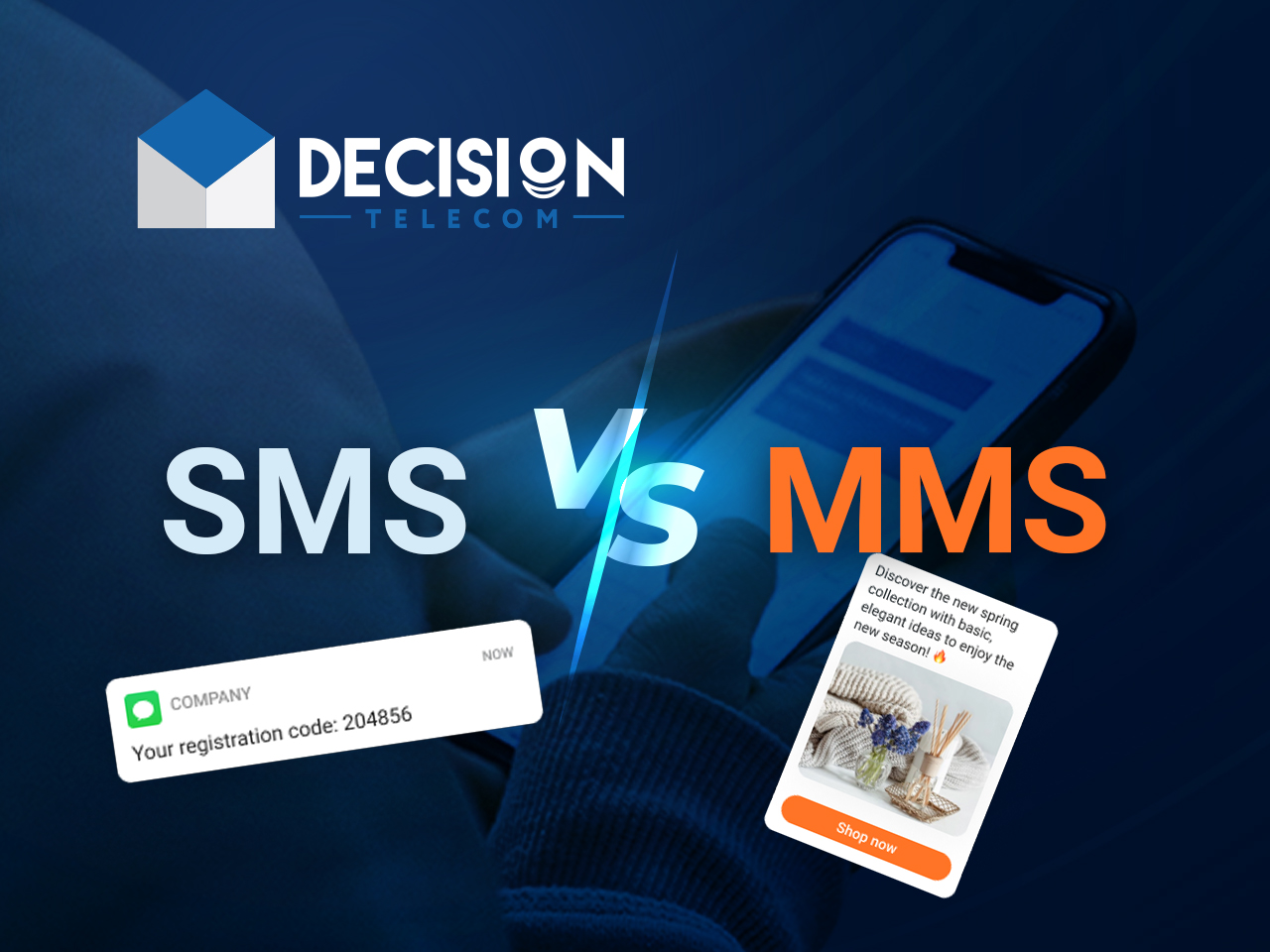MMS Video: Understanding The Evolution And Impact On Mobile Communication
MMS video has become a significant part of mobile communication, revolutionizing the way we share moments and connect with others. In an era where visual content dominates, MMS (Multimedia Messaging Service) allows users to send videos, images, and audio clips directly from their mobile devices. This article delves into the intricacies of MMS video, exploring its history, functionality, and its role in today's digital landscape.
The advent of mobile technology has transformed communication, making it more dynamic and engaging. As we navigate through the world of MMS video, we will uncover its benefits, its comparison to other messaging platforms, and its future in an ever-evolving tech environment. With the rise of social media and instant messaging, understanding the significance of MMS video is crucial for both personal and professional communication.
Join us on this journey as we dissect the world of MMS video, providing insights backed by credible sources, statistics, and expert opinions. By the end of this article, you will have a comprehensive understanding of MMS video and its impact on how we communicate in today's fast-paced world.
Table of Contents
- 1. What is MMS Video?
- 2. The History of MMS
- 3. How MMS Video Works
- 4. Advantages of Using MMS Video
- 5. MMS Video vs. Other Messaging Services
- 6. The Future of MMS Video
- 7. Common Issues with MMS Video
- 8. Conclusion and Call to Action
1. What is MMS Video?
MMS video refers to the ability to send and receive video files via the MMS protocol on mobile devices. Unlike traditional SMS (Short Message Service) that is limited to text messages, MMS allows users to send multimedia content, including video clips, images, and sound files.
Key features of MMS video include:
- Support for various file formats, including MP4 and 3GP.
- Ability to send larger files compared to SMS, typically up to 300 KB or more, depending on the carrier.
- Integration with contact lists, making it easy to share videos with friends and family.
2. The History of MMS
The concept of Multimedia Messaging Service was introduced in the early 2000s as mobile technology began to evolve. Initially, MMS was seen as a way to enhance the communication experience by allowing users to share multimedia content.
Key milestones in the history of MMS include:
- 2002: The first MMS-capable phones were launched, allowing users to send images and audio.
- 2005: The introduction of video messaging capabilities further expanded the use of MMS.
- 2010s: As smartphones gained popularity, the use of MMS video surged, integrating with social media platforms.
3. How MMS Video Works
MMS video works by utilizing the mobile network to send multimedia content from one device to another. When a user wants to send a video via MMS, the following process occurs:
- The user selects the video they wish to send from their device.
- The video is compressed to meet the size requirements of the carrier.
- The MMS message is sent through the mobile network to the recipient's device.
- The recipient receives a notification and can download the video to view it.
4. Advantages of Using MMS Video
There are numerous advantages to using MMS video for communication:
- Ease of Use: Sending videos via MMS is straightforward and user-friendly.
- No Internet Required: Unlike many messaging apps, MMS does not require a data connection to send videos.
- Wide Compatibility: MMS is compatible with most mobile devices, making it accessible to a broader audience.
5. MMS Video vs. Other Messaging Services
With the rise of instant messaging apps such as WhatsApp and Telegram, it's essential to compare MMS video with these platforms:
5.1. MMS Video
MMS video is integrated into the mobile messaging system, allowing users to send multimedia content seamlessly without needing additional apps.
5.2. Instant Messaging Apps
While instant messaging apps offer similar functionalities, they often require an internet connection and may have different file size limitations.
6. The Future of MMS Video
The future of MMS video seems promising as mobile technology continues to advance. With the implementation of 5G networks, the speed and quality of video transmission will improve significantly.
- Increased file size limits for MMS messages.
- Enhanced video quality with higher resolutions.
- Integration with AI technologies for better user experience.
7. Common Issues with MMS Video
Despite its advantages, users may encounter several issues when using MMS video:
- File Size Limitations: Some carriers impose strict limits on file sizes, which can hinder sending larger videos.
- Compatibility Issues: Not all devices support the same file formats, which can lead to playback problems.
- Network Reliability: MMS relies on mobile networks; poor connectivity can affect the delivery of messages.
8. Conclusion and Call to Action
In conclusion, MMS video has played a vital role in the evolution of mobile communication, allowing users to share moments in a more engaging and dynamic way. With its ease of use, compatibility, and the absence of internet requirements, it remains a valuable tool for many.
We encourage you to explore the world of MMS video further, share your experiences in the comments below, and check out our other articles for more insights into mobile technology.
Thank you for reading! We hope to see you back soon for more informative content.
Exploring The Life Of Sebastian Maniscalco's First Wife: A Deep Dive
Hailie Eminem's Daughter: The Life And Journey Of A Star In The Making
Exploring The Life And Achievements Of Helena Zimmer

Mms Wallpapers Hd
/what-is-sms-mms-iphone-2000247-Final-5c38a50846e0fb0001673a66.png)
Everything You Need to Know About SMS & MMS on the iPhone

SMS vs MMS Which Communication Channel is Best for Business in 2023